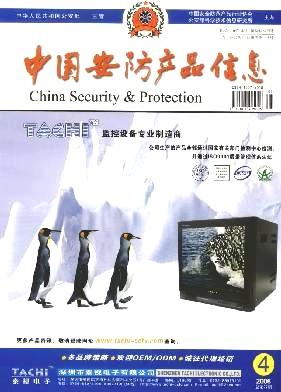Evaluating Optimal Phase Ordering in Obfuscation Executives
引用次数: 6
Abstract
Obfuscation is a software protection technique that aims to increase the difficulty and amount of resources required to understand programs from the perspective of a malicious end user. The order and number of obfuscating transformations is determined by an obfuscation executive and the optimal arrangement of transformation defines the phase ordering problem. In this paper, we report on a case study evaluation for determining the optimal phase ordering for an obfuscation executive. We analyze obfuscation effectiveness of variants generated by Tigress, a dynamic virtualizing obfuscator with four transformation types. We test the evaluation of multiple orderings against a symbolic virtual machine to determine the strengths and weaknesses of each combination. We use overhead (cost) and effectiveness as the tradeoff space to determine the best sequence and ordering of transformations within this context. Our results show that, ideally, applying control flow transformation, data encoding, abstract transforms, and then dynamic virtualization provides the highest effectiveness on average against symbolic execution attacks.模糊执行器中最优阶段排序的评价
混淆是一种软件保护技术,旨在增加从恶意最终用户的角度理解程序所需的难度和资源数量。混淆转换的顺序和数量由混淆执行者决定,转换的最优安排定义了阶段排序问题。在本文中,我们报告了一个用于确定混淆执行的最佳阶段顺序的案例研究评估。我们分析了由Tigress生成的变量的混淆效果,Tigress是一个具有四种转换类型的动态虚拟化混淆器。我们在一个符号虚拟机上测试了多个排序的评估,以确定每个组合的优缺点。我们使用开销(成本)和有效性作为权衡空间,以确定此上下文中转换的最佳序列和顺序。我们的结果表明,理想情况下,应用控制流转换、数据编码、抽象转换,然后动态虚拟化,可以提供最高的平均有效性,以抵御符号执行攻击。
本文章由计算机程序翻译,如有差异,请以英文原文为准。
求助全文
约1分钟内获得全文
求助全文

 求助内容:
求助内容: 应助结果提醒方式:
应助结果提醒方式:


